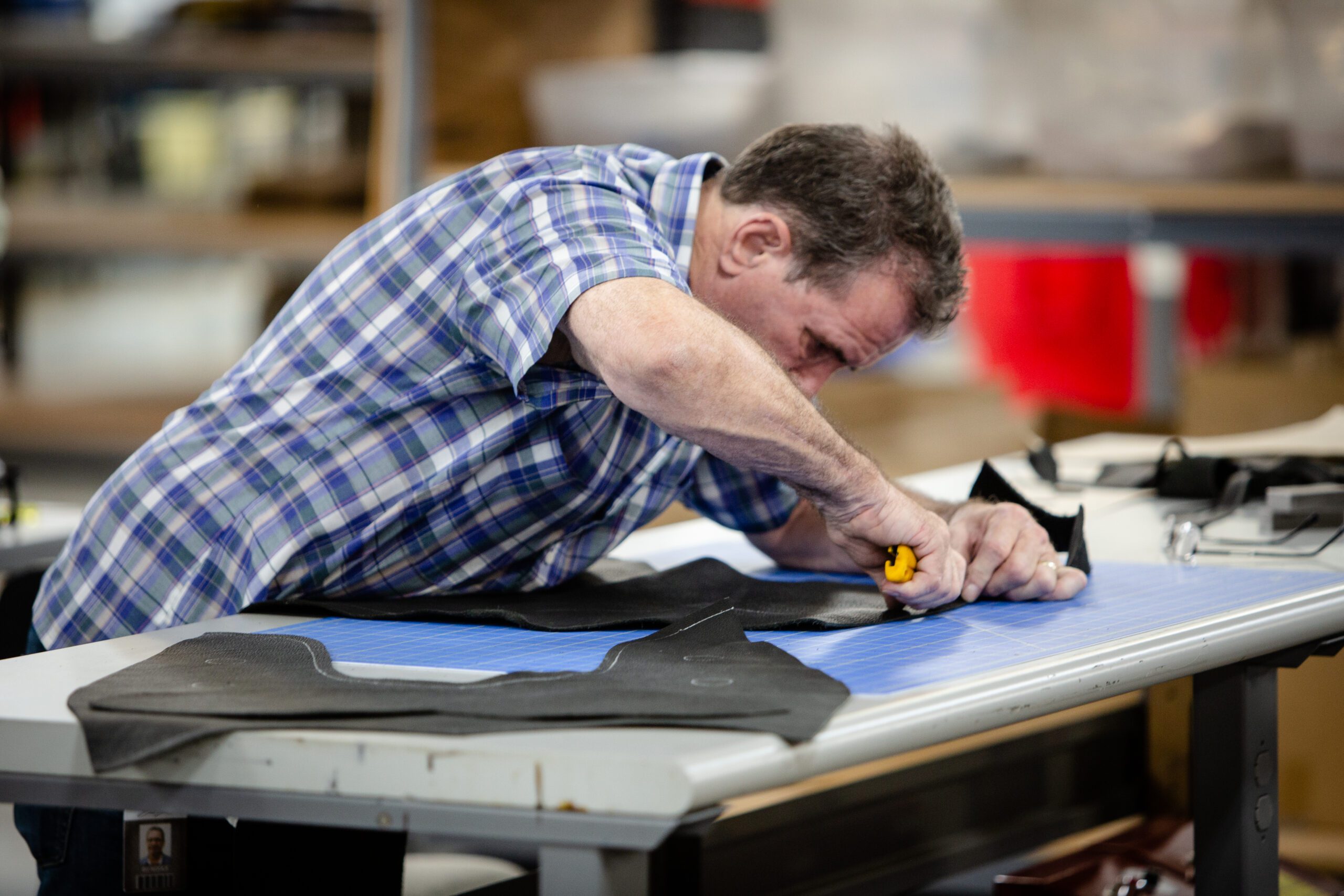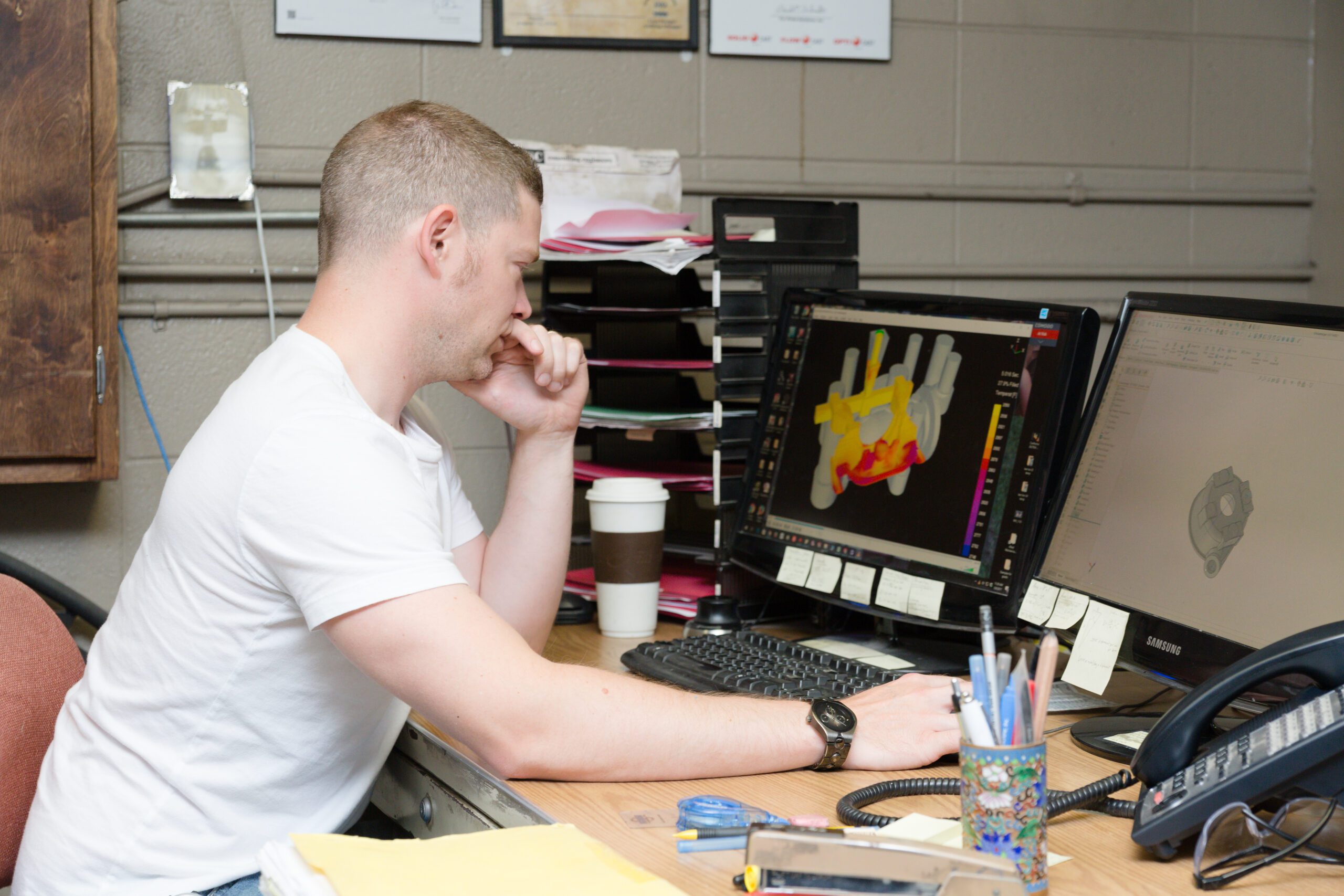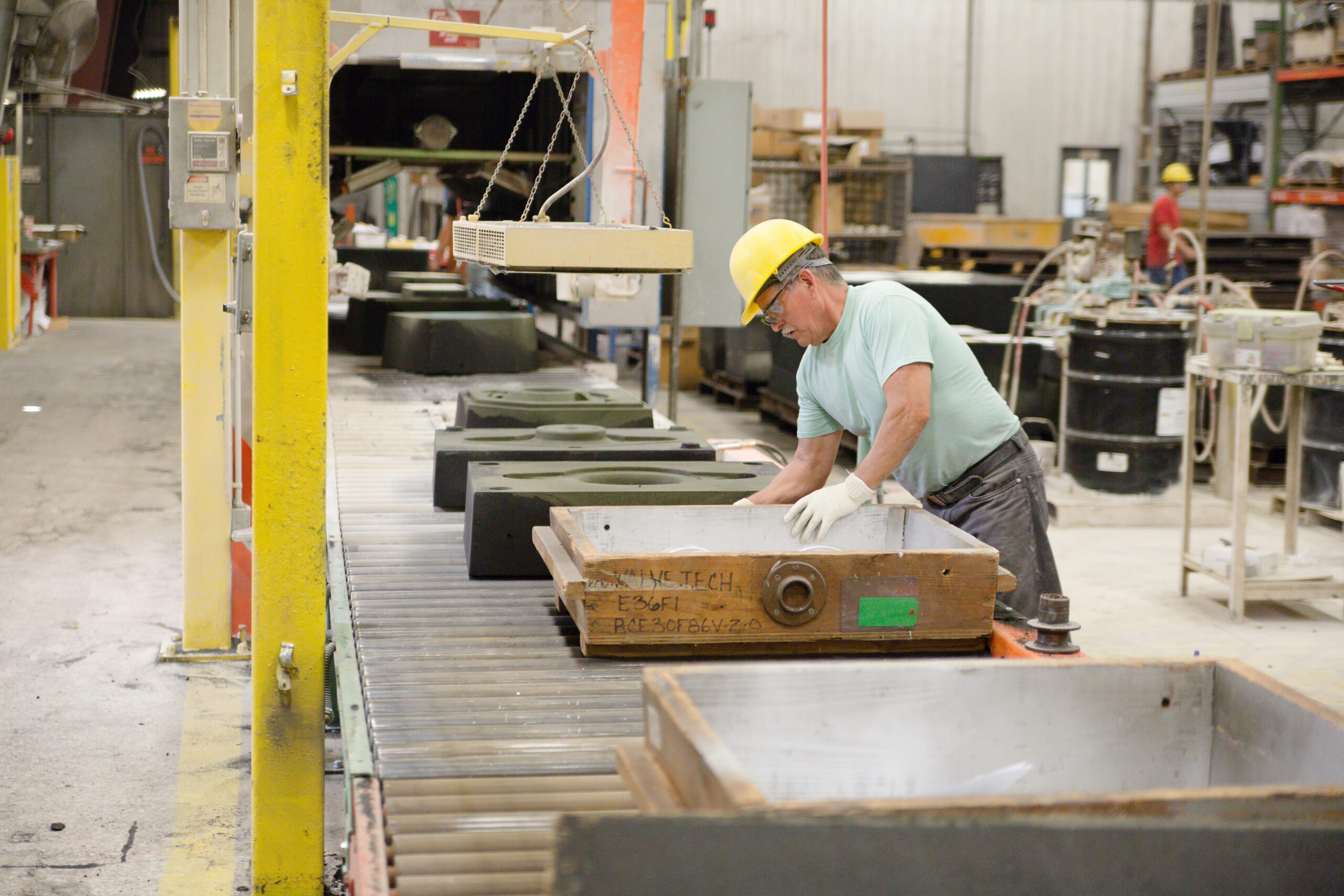In every industry across America, workers are facing a common but often hidden risk: ergonomic injuries. These injuries occur when a person’s daily tasks are greater than the abilities of their body. Seemingly simple movements done over and over during the workday can put a strain on tired muscles. Over time, they can result in damage to soft tissue: painful sprains and tears in places like ligaments, tendons, and cartilage.
According to the National Safety Council, overexertion is the source of 35% of all work-related injuries. Many employers see the strain in their workforce and continue to treat these injuries as they happen. But the only way to avoid ergonomic injuries is to find the cause and take steps to prevent them. Certified Rehab Ergonomist Dr. Matt Jeffs dedicates his time to eliminating these unseen hazards.
With two clinical degrees and a background in physical therapy, Dr. Jeffs has seen just how damaging these injuries can be. He has worked with over 23,000 patients recovering from musculoskeletal injuries. Through his experience, Jeffs learned that though returning injured workers back to work was important, prevention had a bigger impact on their lives. Whether your employees operate heavy machinery, spend their time at a stovetop, or answer phones at a desk, their everyday motions matter.
Listen to this interview on the WorkSAFE Podcast, or read the show notes below.
Why Do Our Movements Matter?
In any workplace, it’s easy to focus on eliminating hazards with catastrophic consequences. “If it bleeds, it leads,” Dr. Jeffs said, comparing our attention on big injuries to leading stories on the nightly news. When it comes to environmental health and safety, we concentrate on the issues that cause the most damage. Problems like gas leaks, fires, amputation—they tend to capture our focus first, leading us to overlook others.
The trouble with ergonomic injuries is that although they seem small, they often occur more frequently and cost more in the long run. With a strong background in physical therapy, Dr. Jeffs has spent a lot of time with workers whose lives have been sidetracked by strained muscles and pinched nerves. His perspective changed after he served as an on-site Preventative Care Specialist at a paper plant.
Dr. Jeffs realized that without finding the cause of these injuries, they would continue to impact the company forever. That meant a steady stream of workers off the job who would need extended recovery time. Company employers would also receive a higher experience modification (e-mod) factor, resulting in higher premium costs. “It’s just an issue of redirecting attention to these slow deaths of a thousand cuts that we don’t see because it’s not on our radar,” Dr. Jeffs pointed out. The key to preventing injuries—and a higher price tag on premium—is directly addressing the causes of ergonomic injuries in your workplace and taking steps to prevent them.

How to Plan for Your Workplace
For larger organizations, hiring a workplace ergonomics consultant like Dr. Jeffs to review company processes can provide them with the answers they need. But smaller companies can still tackle ergonomic injuries without a dedicated expert or team. Dr. Jeffs recommends using a method called the Deming Cycle. This approach uses four steps to help you continuously improve workplace conditions for you employees.
1. Plan
The first step in the process is to create a plan for your organization. OSHA 300 logs will often reveal what Dr. Jeffs calls “low-hanging fruit”, or some of the most frequent and common injuries in your business. Starting with these injuries will have the biggest impact, and ultimately where you’ll see the most benefit.
Workplace ergonomics focuses on specific tasks—how your employees lift, push, pull, and turn their way through the workday. However, dozens of tasks can exist in your workplace. Dr. Jeffs suggests looking at the job titles of employees who are injured most frequently. Ask questions like:
- Which employees are seeing the most strain?
- What motions or movements are they required to do?
- What type of injuries do they have?
Different industries face different ergonomic issues, such as:
- Office environments, where employees are at risk for blurred vision and carpal tunnel syndrome
- Retail and grocery environments, where shelf stocking and lifting can cause muscle sprains and strains
- Home health environments, where lack of assistance and tasks like bathing and feeding can lead to overexertion
- Warehouse and construction environments, where repetitive physical labor can affect the joints and spine
Existing employees can be a great place to start. Coworkers are often the first to notice problems happening to their peers. Don’t let this feedback go unheard!
2. Do
Once you’ve identified where improvements can be made, put your plan in action! Choosing solutions that every employee can participate in will help the entire organization adapt. Select simple exercises that can be integrated into your employees’ daily schedules and routines. For employees who work at computers or are seated for much of the day, encourage them to stay hydrated and stretch regularly. For employees who are more active, educate them on safe lifting practices, whether they are working with heavy materials or with people in their community.
3. Check
After implementing changes to your workplace, check in often to measure your success. Assess your employees’ work stations to make sure that chairs and desks are adjusted properly, and everyday tools are within reach. Are employee injuries less frequent? What areas could still use improvement?
4. Adjust
Finding the right solutions may take some time. If the changes you make in your workplace aren’t proving to be effective, adjust. Some roles are both high-risk and physically demanding, and it can be difficult to eliminate some tasks without affecting the quality of your work. Investing in simple tools to make your employees’ jobs less strenuous may be an option. A Safety Grant can help fund the equipment you need to keep your employees healthy and safe.
Going through the Deming Cycle once will help you to eliminate problems just below the surface, but doing it repeatedly is a great way to improve the standard of your work over time.

Today’s Employees are Occupational Athletes
For Dr. Jeffs, the Deming Cycle is an essential part of setting employees up for success. When he enters a new organization, he carries out a physical demand analysis as part of the planning phase. First, he interviews the employee to learn more about the different duties associated with their job. Then, he shadows the employee as they work to truly understand what their workday looks like.
To further improve the standard of work, Dr. Jeffs will often collaborate with employers to write more accurate job descriptions and institute post-offer employment testing (POET). When employees know what will be required of them, and employers know that they can do the job, injuries can be prevented, and losses reduced.
Dr. Jeffs encourages employers to view their employees as occupational athletes. Just as professional athletes condition and care for themselves to put out a better performance, employees should be encouraged to view themselves the same way. “A nurse is an athlete – a heck of an athlete.” Dr. Jeffs emphasized. “A waitress is an athlete, too.” After employees pass a POET test, they can be coached on additional ways to make themselves even more effective. This includes:
- Staying hydrated while working
- Learning to manage stress and take appropriate breaks
- Better nutrition
Encourage your employees to take a sense of ownership in keeping themselves conditioned and healthy on the job. Dr. Jeffs stresses how essential this is during job coaching sessions. “We appeal to the inner jock, so to speak. We want them to get a sense of strut and swagger and feeling good about themselves to say ‘Yeah. Heck yeah, I’m good at my job. I take care of myself, I eat right, I hydrate right, I manage my stress, I manage my other aspects of my life.’”
Using Workplace Ergonomics to Build Return to Work Programs
Just as the Deming Cycle can lend a hand in rooting out the strenuous tasks that may be causing your employees injury, it can also be used to help return injured employees to work. Returning employees to work revolves around two core principles: communication and planning. Staying in touch with your employees while they’re recovering allows you to not only stay up-to-date on the status of their injury, but will also make it much easier for workers to transition back into the workplace. Once they’ve recovered you’ll need to put a plan in place to get them back to work.
Assist employees by building up their strength, starting with the simplest tasks and building on over time. Allow them to try and check their abilities, and adjust them if needed. Dr. Jeffs recommends using ergonomics as a therapeutic tool to help return workers to their original positions. Using it as a way to eliminate weakened or injured employees can cause distrust amongst your staff and legal consequences in the future.

Become Part of the Solution
Workplace ergonomics isn’t about separating employees by their abilities, but focuses on equipping employees to last longer on the job and leave in good health. Dr. Jeffs recognized the rewards of preparation and prevention after a long career focused on recovery. “I like to tell people I took myself out of the rehab business and put myself into the prevention business, and I’m never going back,” he said. “It’s just much more rewarding to be part of the solution.”
Employees are often experts at their own jobs, and their input can help you protect their health and safety as you plan. Making small changes to the way your employees do their everyday tasks can eliminate future injuries—and premium costs—in your business. Visit our Resource Center to find everything from Tool Box Talks on workplace ergonomics and safe lifting practices to videos on businesses that have successfully incorporated ergonomics into their work.